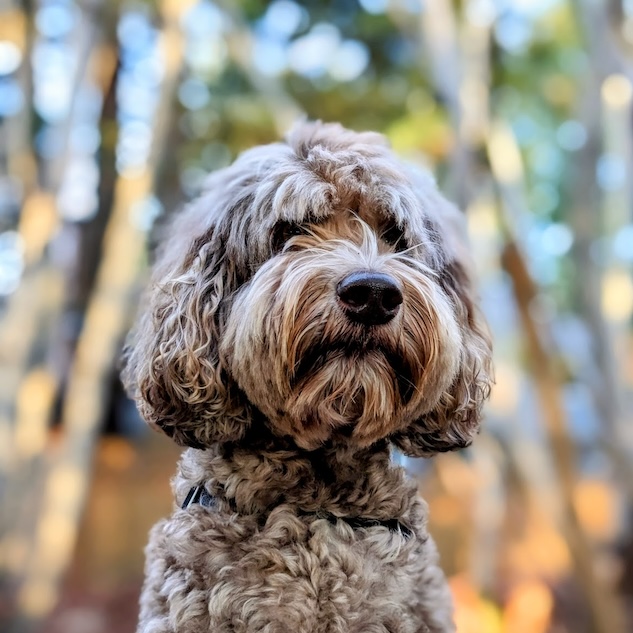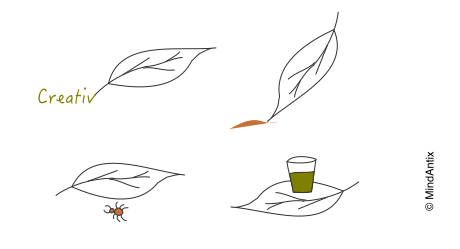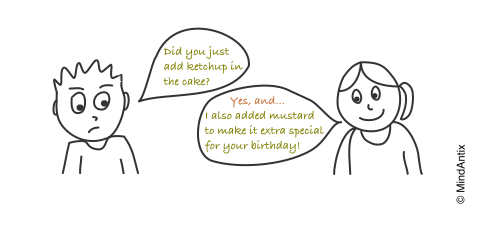A few years ago we got a puppy and, like everyone else, we started house training him right away. We hung a bell on our patio door, and every time we took him out, we’d help him ring it with his paw. Within a week, he figured out that ringing the bell meant going outside, and he started ringing it himself. And about a month later, he had become a pro at this!
A few months later, a funny thing happened. He likes to sit on the couch in the living room and one day it just so happened that we were sitting on the couch and there wasn’t any space for him. So he came up with a clever idea. He rang the bell, and just as one of us got up to open the door, he ran back and jumped on the couch to claim the open spot. Problem solved!!
We all know dogs and other animals are pretty smart, and this little story shows just how creatively they can solve problems. Being able to use a concept in a new or different way is a key part of creative thinking, and it’s what tests like the Alternate Uses Task (AUT) on the Torrance Test of Creative Thinking try to measure. You know, those questions like “How many ways can you use a paperclip?” that see how well people can think in different ways.
Take our dog, for example. He’s found different ways to use that bell. Early on, he figured out a more obvious extension to the original purpose — he could ring the bell not just for a potty break but anytime he wanted to go out for fresh air or chase after a bunny. Now he also rings it to express his displeasure when we don’t share our snacks. In his case, using the bell to solve a problem that doesn’t involve going outside reflects a higher level of “flexibility” in his alternate uses of the bell.
As pet owners, we have all seen some creative ways our furry friends solve problems that point to their intelligence. But can they be trained to be creative on demand?
In one study, researchers recruited dog owners to train their dogs to be creative. First, they taught the dogs to associate a specific word “create” with doing something new. The trainers would reward any new behavior the dog did, and then encourage the dog to try even more new things by moving around and using different objects. The only rule was that the dog couldn’t repeat the same trick twice in a session. To figure out how creative the dogs were, the researchers looked at three things: if they repeated tricks, how much energy they used, and how original their tricks were. Basically, they wanted to see if the dogs could come up with lots of different ideas, switch between different types of tricks, and do stuff that was new and unexpected.
The only required criteria in this experiment was that the dogs don’t repeat the same trick twice. Researchers found that all dogs did more different tricks than repeated ones, which proves that dogs can indeed be trained to be more creative! As a side result, the study also showed that dogs have a good memory – they can remember what they’ve already done and come up with new ideas.
The ability to think creatively is a trait we often associate with humans. Yet, as we’ve seen, our canine companions possess a surprising degree of ingenuity that challenges our preconceived notions of animal intelligence. Understanding how dogs learn and apply creative thinking can not only deepen our bond with our furry friends but also provide valuable insights into human cognition and behavior.



